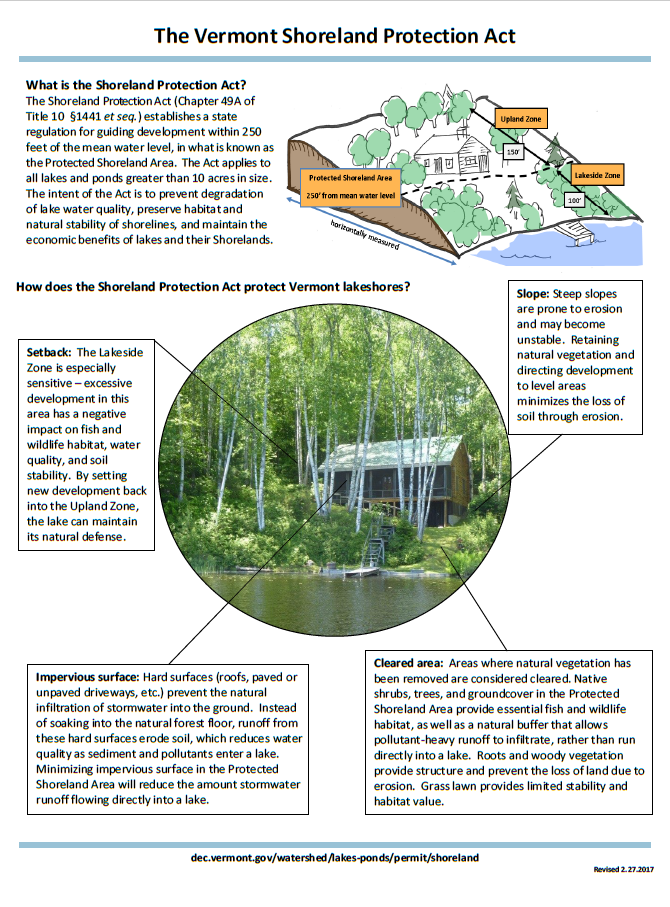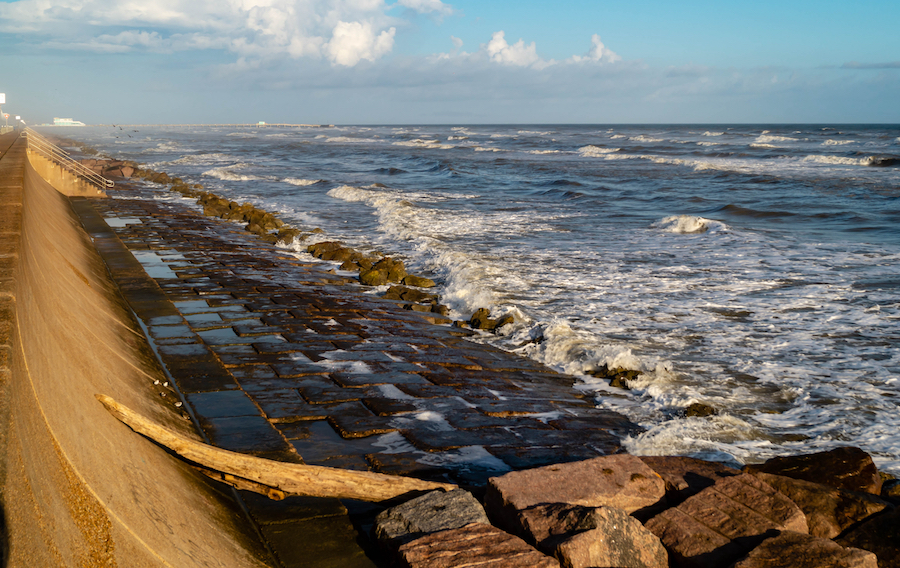The Of Shore Protect Team
Table of ContentsSome Known Details About Shore Protect Team 3 Simple Techniques For Shore Protect TeamShore Protect Team - The FactsAn Unbiased View of Shore Protect TeamThe Of Shore Protect TeamThe 8-Minute Rule for Shore Protect TeamShore Protect Team for Beginners
Decrease in property value: As the area tourist is affected by disintegration, so after that is the economy. Purchasers are less most likely to look for a beach house that might be ruined at any minute by the approaching flooding and disintegration emergency. In turn, residential property value can go down immensely and influence the entire region.Whether a coastline is just tiny and congested or needs to shut completely for the safety and security of the ecological community and neighboring buildings, this greatly impacts tourism. Subsequently, neighborhood economic situations are influenced (https://ask-dir.org/Shore-Protect-Team_366364.html). Threat of injury: The boosted risk of flooding and architectural failures creates a raised threat of injury to close-by tourists and community participants

Shoreline stabilization is straight relevant to their work. Waterfront hotels: Because coastline erosion influences tourism, it affects the success of beachfront hotels.
Examine This Report on Shore Protect Team
This eventually leads to closures and deserted beachfront properties. Coastal business companies: No visitors means no company. For those services dealing with residents, their home is at danger of damages from erosion and flooding. Coastal state parks: State parks that exist along shorelines are at risk of damages. Not just to the manufactured frameworks and homes on site, yet likewise to the all-natural ecological communities that exist within.
Soft stabilization is a better remedy for the environment and even more sustainable overall. Hard stablizing makes use of man-made frameworks as defense to regulate disintegration. Normally, these structures are installed at right angles or parallel to stop sand movement and reduce the pressure of waves. A lot of forms of hard stabilization like seawalls and sheet steel are not perfect for coastline stablizing.
Fascination About Shore Protect Team
There's additionally inadequate evidence of their effectiveness depending on the sort of shoreline and local problems. Difficult stabilization techniques often tend to be harder to set up and don't match the natural visual, standing out like a sore thumb and damaging regional ecological communities in several circumstances. Beach nutrients is the procedure of adding lost sand and sediment back to beaches after disintegration has taken place.
TrapBags aid in the process of coastline nutrients by safeguarding natural environments and permitting plants to grow. While this process can be expensive and is not permanent, the pros often tend to outweigh the cons. TrapBag barriers offer lots of properties that make them perfect for seaside and riverbank erosion security. They're: Eco-friendly: You can utilize indigenous dirt both to surround and to fill the TrapBags.

How Shore Protect Team can Save You Time, Stress, and Money.
They can likewise be mounted without any hefty equipment. Budget-friendly: TrapBags are ideal for both little and big areas of shoreline.
Incorporated with a high building cost, this has led to enhancing use of various other soft design seaside monitoring alternatives such as beach replenishment. Seawalls are created from numerous materials, a lot of generally strengthened concrete, stones, steel, or gabions. Other possible building materials include plastic, wood, aluminum, fiberglass composite, and naturally degradable sandbags constructed from jute and coir. The ideal seawall layout depends on location-specific facets, including bordering erosion processes. There are three main kinds of seawalls: vertical, bent, stepped, and mounds (see table below).
Natural obstacles, such as coral reefs and mangrove woodlands, stop the spread of tidal waves and the circulation of coastal waters and alleviated the flood and surge of water. A cost-benefit approach is a reliable means to establish whether a seawall is suitable and whether the advantages deserve the expenditure.
Shore Protect Team Things To Know Before You Get This
A seawall is a fixed attribute which can contravene the vibrant nature of the coastline and impede the exchange of sediment between land and sea. The table below sums up some positive and negative results of seawalls which can be used when contrasting their performance with various other seaside monitoring choices, such as coastline nourishment. [] Advantages and downsides of seawalls according to Short (1999) Benefits Negative aspects Long-term service in comparison to soft coastline nutrients.

This can trigger coastlines to dissipate, rendering them useless for beach goers. Normally, seawalls can be an effective method to regulate seaside disintegration, however only if they are built well and out of materials that can hold up against the force of continuous wave power. Some understanding is needed of the coastal processes and morphodynamics certain to the seawall place.
Indicators on Shore Protect Team You Should Know
The appropriate seawall design depends on location-specific elements, including bordering disintegration procedures. There are 3 primary kinds of seawalls: vertical, bent, tipped, and mounds (see table below). A record published by the United Nations Environment Programme (UNEP) recommends that the tsunami of 26 December 2004 caused much less damages in the areas where natural barriers existed, such as mangroves, coral reefs or seaside plants.
All-natural obstacles, such as reef and mangrove woodlands, prevent the spread of tidal waves and the flow of seaside waters and minimized the flood and rise of water. A cost-benefit method is an efficient means to establish whether a seawall is proper and whether the advantages are worth the cost.
The Best Strategy To Use For Shore Protect Team
A seawall is a fixed feature which can contravene the dynamic nature of the coast and hamper the exchange of debris in between land and sea. The table below sums up some favorable and adverse effects of seawalls which can be utilized when comparing their effectiveness with various other coastal administration alternatives, such as coastline nutrients. [] Benefits and negative aspects of seawalls according to Short (1999) Advantages Negative aspects Long-term solution in contrast to soft beach nutrition. lakefront stabilization.

This can cause beaches to dissipate, making them ineffective for beach goers. Typically, seawalls can be a successful method to manage coastal disintegration, yet just if they are created well and out of products that can stand up to the pressure of recurring wave energy. Some understanding is required of the seaside procedures and morphodynamics details to the seawall location.